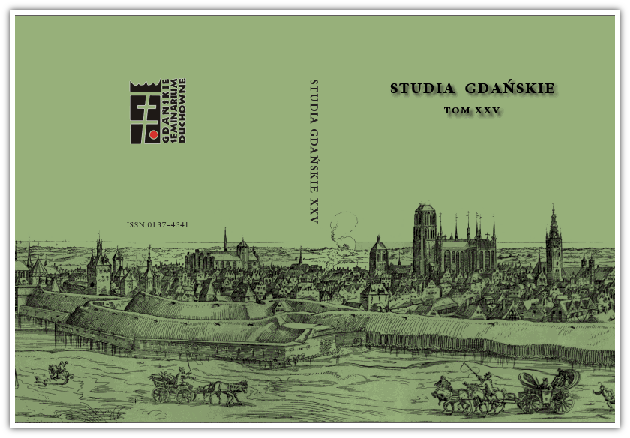Początki pisma i książki. Rekonesans historyczno-kulturowy
The Beginning of Writing and Books. Historical and Cultural Reconnaissance
Author(s): Wojciech CichoszSubject(s): History, Social Sciences, Education, Theology and Religion
Published by: Gdańskie Seminarium Duchowne, Kuria Metropolitalna Gdańska
Keywords: writing; books
Summary/Abstract: The development of a nation’s culture cannot be fully understood without at least a rudimentary knowledge of its past. Culture does not evolve separately from a country’s history and social and political relations. Ancient civilizations, such as those in Egypt, Babylonia, Assyria, India or China had an amazingly highly-developed culture. These countries formed between 4,000 to 3,000 BC and their inhabitants knew how to use a calendar and calculate the course of celestial bodies, they used their knowledge in practice for irrigation and to channel rivers, they built roads and ships, and they also knew various systems of writing. These countries were slave monarchies in which priests played the dominant role. They wielded enormous influence on science and culture, including writing. That was, however, a practical solution necessary to retain power. Numerous elements of the book culture that we know today emerged as early as these ancient times. Some systems of writing that had appeared in the previous era, including ideographic and verbal ones on the one hand (e.g. the Chinese system of writing), and on the other alphabetical ones (Latin), have survived till the present day. In ancient times people knew several types of writing materials, such as stone, metal, wood or clay tablets, papyrus, parchment and even linen. Scribes created texts using a stylus, a brush, or a bird’s feather. Three basic book forms developed in ancient times: a scroll, a codex and an epigraph (statues and tablets). There were standards defining the linguistic, writing and publishing techniques. Because of the interest that books attracted, there was a trade dealing with this aspect of life at that time, and books were gathered in libraries for the sake of the contemporary people and their descendants. In the then existing libraries, which belonged to temples, palaces, schools or which were public, books were catalogued, and theoretical studies were written about the regulations concerning the functioning of book collections. As it entered the Middle Ages, the book had a clearly defined shape and it was becoming a more and more desirable object.
Journal: Studia Gdańskie
- Issue Year: 2009
- Issue No: 25
- Page Range: 245-258
- Page Count: 14
- Language: Polish

